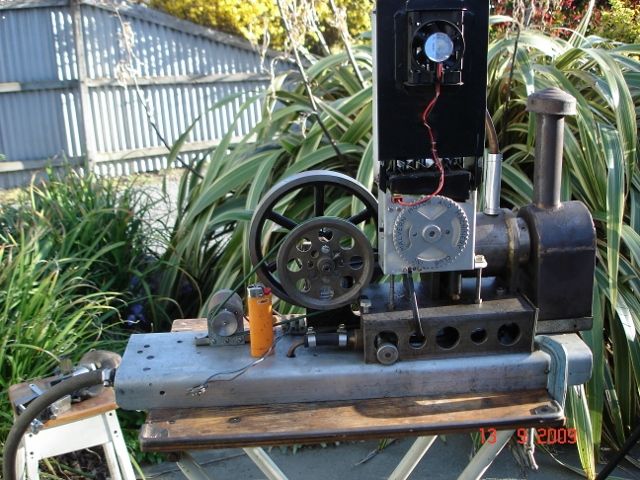Stirling Engine : Laura
Stirling Engine : Laura
- This topic has 763 replies, 36 voices, and was last updated 30 August 2016 at 10:55 by
Gordon Tarling.
- Please log in to reply to this topic. Registering is free and easy using the links on the menu at the top of this page.
Latest Replies
Viewing 25 topics - 1 through 25 (of 25 total)
-
- Topic
- Voices
- Last Post
Viewing 25 topics - 1 through 25 (of 25 total)
Latest Issue
Newsletter Sign-up
Latest Replies
- I’m Under Pressure
- Transwave converter – plugged in motor, tripped RCD
- File backup to external hard drive, incremental etc?
- Square end on round stock – Milling?
- Sat nag
- motor and switch wiring Myford ML7
- Taylor Hobson cutter grinder modificaton
- Easiest/cheapest source of R8 socket
- Twin Engineering’s heavy mill/drill quill removal
- Bosch PBD 40 bearing upgrade


 , so stop for a rebuild, it managed to cut the metal it's self with my mini power hacksaw. These things just get better as they go. This is the motor, it's not pretty, but it goes, and that is why I build them, and modify them.
, so stop for a rebuild, it managed to cut the metal it's self with my mini power hacksaw. These things just get better as they go. This is the motor, it's not pretty, but it goes, and that is why I build them, and modify them.



